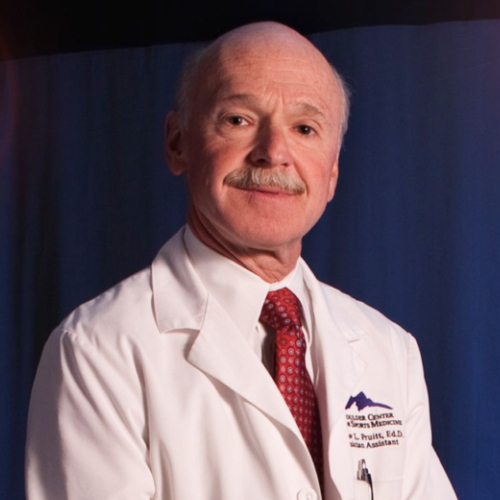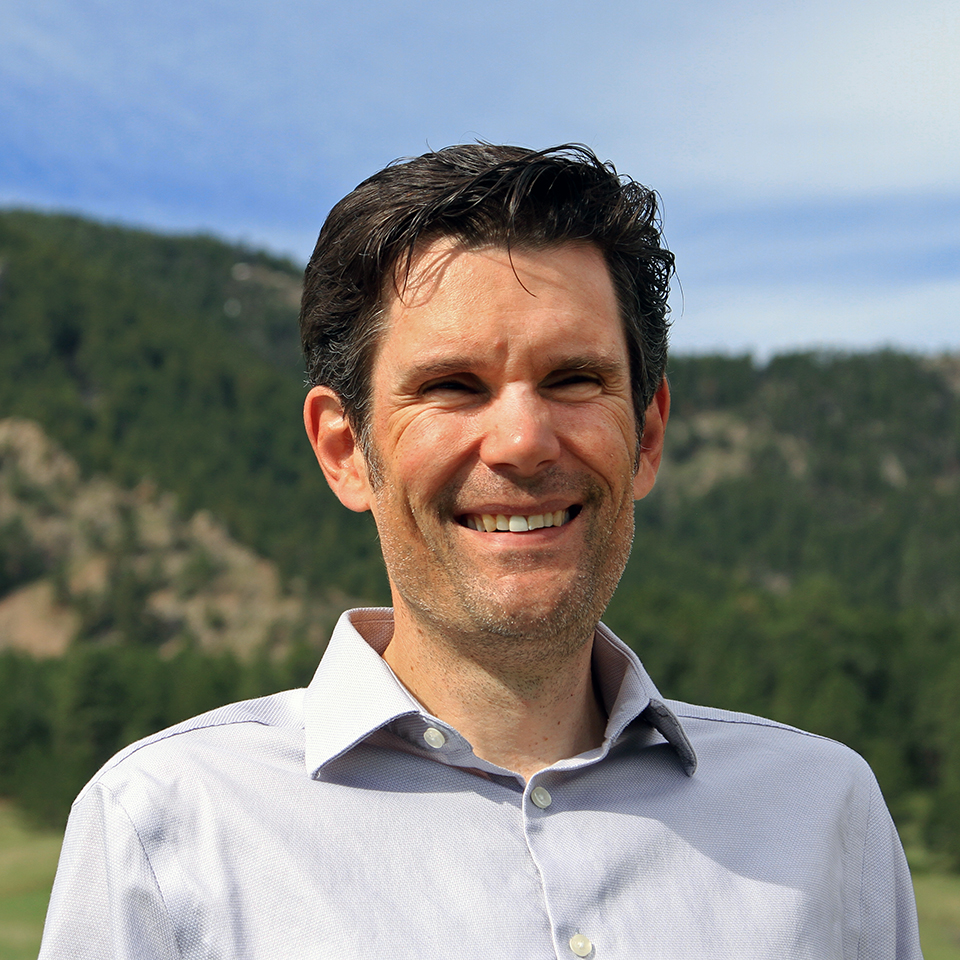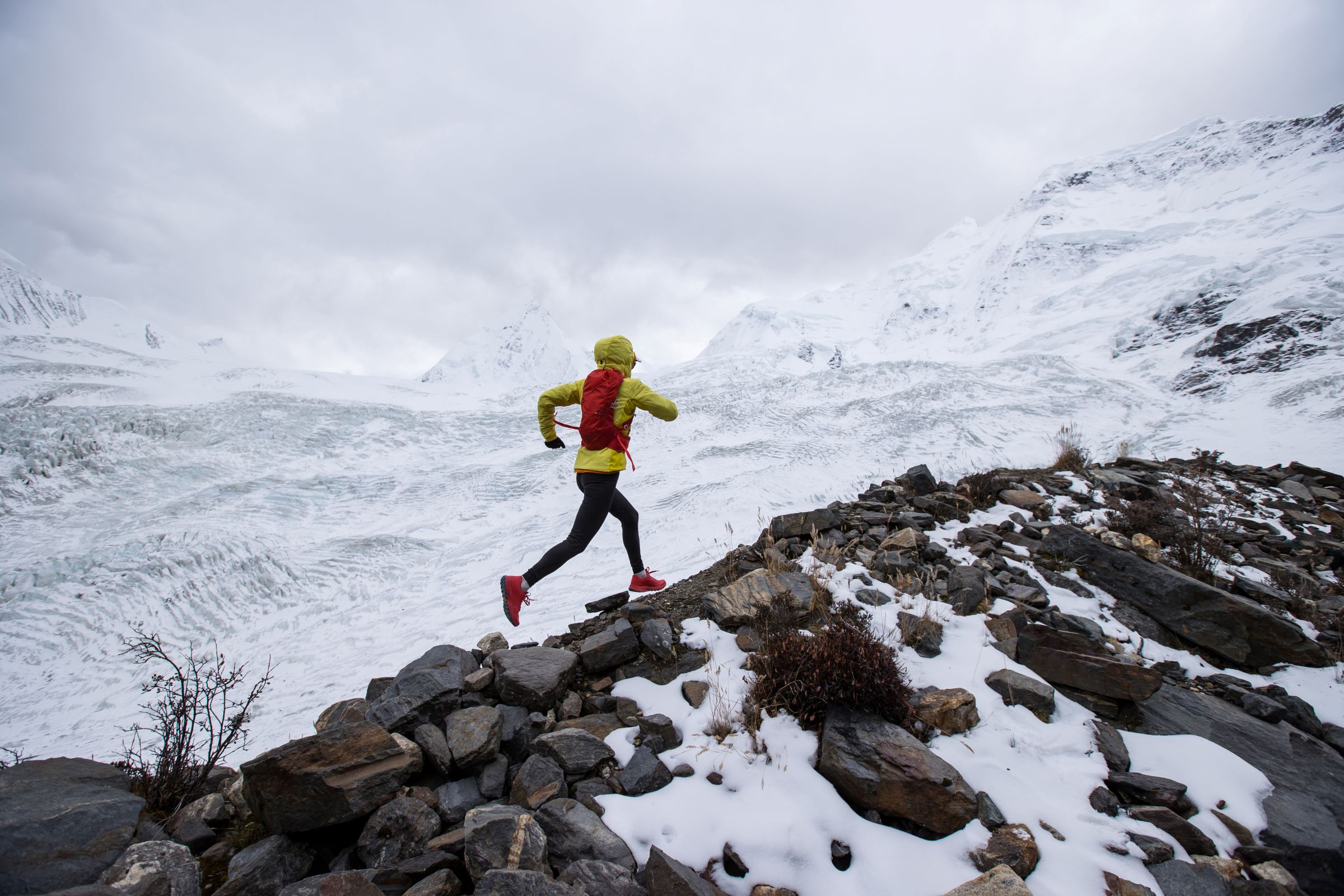
 Exercise in the Cold Pathway
Exercise in the Cold Pathway
Experts in this Pathway
What You’ll Learn
You can be comfortable exercising in cold weather!
Among the endurance sports, cycling is steeped with tales of tough men and women, racing in near freezing temperatures through pounding rain, their skinny arms and legs covered by little more than a thin sheen of Lycra. Who can forget Bernard Hinault’s long-range solo victory in the 1980 Liège-Bastogne-Liège in a snowstorm, or Andy Hampsten’s epic ascent and descent of the Gavia in the 1988 Giro?
While those scenes are baked into the sport’s mythos, you will rarely, if ever, see professional cyclists training like that. Instead, they will throw on layers of clothing come the faintest hint of cool in the air.
Why would the pros be training with so much clothing, yet often racing with so little? Should we be emulating their clothing choices? What should we be considering when the weather turns bad to adjust our training and possibly our fueling?
How can you keep your cool in the cold of winter? That is a common challenge for the majority of cyclists and other endurance athletes when the temperature drops. To develop your clothing plan and adapt your training to the cold, you first need a solid understanding of how cold weather and reduced body temperature affects your physiology.
We are fortunate to have Dr. Stephen Cheung as a Fast Talk Labs contributor. He is an international leader in environmental physiology who has literally written the book (twice!) on the field. Some of his vast experience in cold include leading a 24-hour continuous shivering study along with research into exercise capacity when hypothermic.
This Pathway features his workshops on cold-related topics including how breathing and metabolism change in the cold. He also leads a podcast busting all sorts of cold-weather riding myths.
From the science of cold-air respiration to the art of layering, this Pathway will help you beat the freeze.
The importance of staying warm
If you don’t have time to go through the entire Pathway now and just want the executive summary, Coach Trevor Connor delivers the basic science of why you are damaging your muscles when you ask them to work while cold. He then covers the essentials of how to dress properly when training in the cold. Click below to read this article.
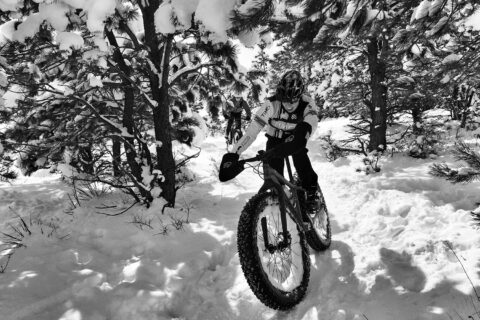
The Importance of Staying Warm on Your Bike
In this short video, Coach Connor offers his take on why you should overdress when it’s cold outside. If you want to potentially be a bit too warm but get the best training effects you can in cold temperatures, prevent injury, and look like a pro, then wear all the layers. If you’d rather compromise your training and damage your muscles, go ahead and skip the leg warmers. Click below to watch this video.
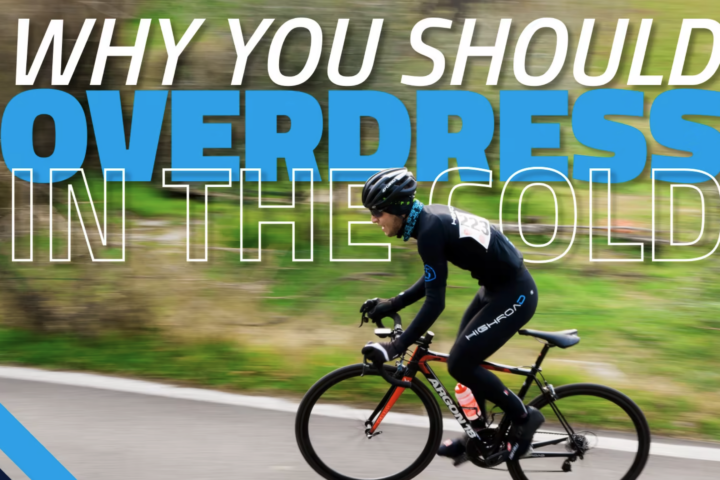
Why You Should Dress Warm in Cold Weather
“If you’re overdressed, you’re a bit uncomfortable. If you’re underdressed, you’re doing damage.”
Coach Trevor Connor
The Cold Facts About Cold
Heat is vital to life, and humans are extremely good at maintaining a relatively stable body temperature throughout the course of a day—and in general, even when living in very cold environments. However, that does not mean that living and exercising in the cold is without potentially significant costs to our physiology and performance.
In this section, Dr. Stephen Cheung provides a series of workshops detailing the specific challenges brought about by cold temperatures. These workshops form a critical foundation for understanding just why we want to dress and train properly in the cold.
Why can’t I go as fast when I’m cold?
Fans of cyclocross know that cold comes with the territory, with the race season starting in the warmth of early fall then moving into the cold rain, sleet, and snow of winter. At the Namur World Cup race in December 2019, the cold was so severe that series leader Eli Iserbyt stopped in the pits several laps in to put on a thermal jacket, but still abandoned the race a couple of laps later hypothermic and uncontrollably shivering.
In this workshop, Dr. Stephen Cheung walks through four studies that he conducted to gain insight into what happened to Iserbyt and the physiological challenges of exercising when your body, muscles, or even skin temperature drops. Just how much does your performance decrease when you are hypothermic? What are the costs of shivering? This workshop lays the critical scientific foundation for why we should avoid getting cold when we exercise. Click below to watch this workshop.
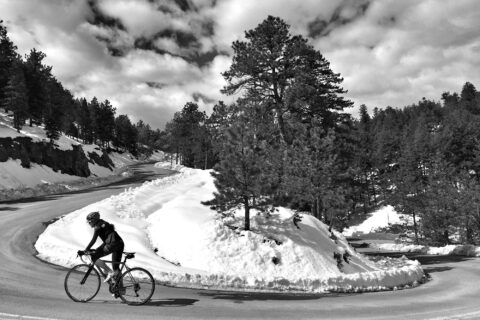
Why Can’t I Go As Fast When It’s Cold?
How cold air affects breathing
Nordic skiers and biathletes intensely compete in winter conditions, while breathing large volumes of cold, dry air. While impressive, are there health consequences—both in the short and long term. We know that the alveoli (air sacs) within our lungs are extremely thin and fragile tissue. Can breathing in sub-freezing air harm them or other parts of the airways?
In this workshop, Dr. Stephen Cheung examines whether winter athletes have greater respiratory issues like bronchitis or exercise-induced bronchoconstriction. How effective is the respiratory system at warming and humidifying cold air before it reaches the fragile tissues of the lungs? What are the impacts of breathing cold, dry air on heat and fluid loss? Is simply having a cold face enough to impair performance?
This workshop will give you a better understanding of just how much care we should devote to protecting our airways during exercise in the cold. Click below to watch this workshop.
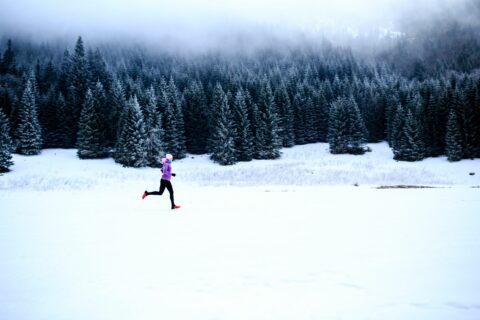
How Breathing Is Impacted When Training in the Cold
How cold temps impact metabolism
The body fuels exercise by burning primarily a mix of fats and carbohydrates, with the proportion of carbohydrates rising as the exercise intensity increases. Does the total fuel expenditure increase when we exercise in the cold, even if our body temperature stays stable? What about the ratio of energy coming from fats versus carbohydrates? Does this mean that we should fuel ourselves differently either before or during exercise in the cold?
Besides the amount and mix of fuel, might cold temperatures affect your metabolism of food, altering your ability to digest certain foods? This can have important implications on your post-training fueling, and your weight management during winter.
Join Dr. Stephen Cheung in this workshop and explore the wide range of ways in which cold temperatures affect your metabolism, then learn how this might affect your nutrition plans in winter training. Click below to watch this workshop.
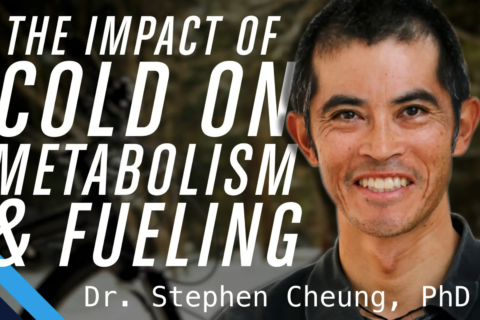
The Impact of Cold on Metabolism and Fueling
How to Properly Dress in the Cold
Clothing and gear for cold-weather cycling
Now that you understand the impact cold can have on your physiology and how that can affect your performance, what can you do about it? This section details how to properly dress yourself, and your bike, for training in the cold. From the type of clothing, to the art of layering. Then there’s the bike, and how it can be adapted for a safer, more practical winter season. Click below to watch this workshop.
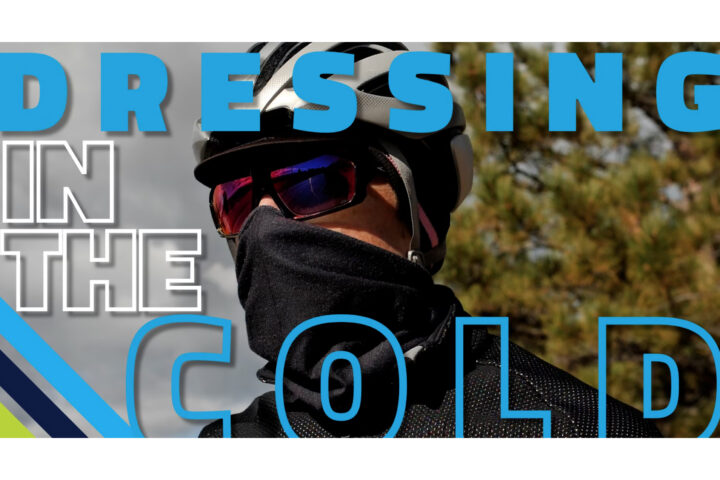
How to Dress for Cold-Weather Cycling
Cold legs make you dumb
Showing off smooth, tanned, and strong legs is one of the aesthetic standards of cycling. But if there is one thing that sets off Coach Connor, it is seeing people underdress in the cold. We plumbed the depths of the Fast Talk podcast archive and found the first “rant” by Trevor on why cold legs are dumb. In this podcast, Trevor not only gets on his soapbox, but he also goes into the many reasons why being underdressed is hurting your training.
What is the physiology of muscle function at the cellular level, and how might cold reduce muscles’ ability to fire properly? What does this mean for your ability to lay down the power? It is more than just muscles that are at risk in the cold. Your knees, because of the abundance of soft tissue like tendons, cartilage, and ligaments, are also vulnerable. What are the risks to knee health when cold?
Most importantly, Coach Connor and guests offer some easy strategies and guidelines for dressing for the cold and wet weather of fall and winter. Click below to listen to this podcast.
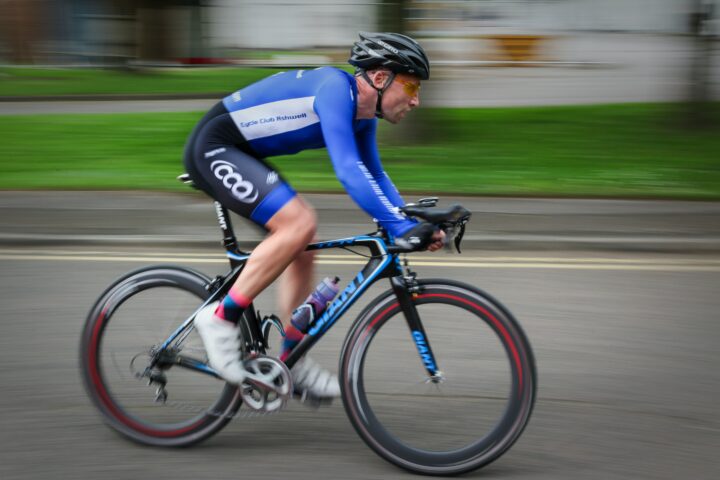
Cold, Bare Legs Make You Dumb, Not Tough
“With today’s technology, there is NO reason to leave home inappropriately dressed.”
Dr. Andy Pruitt, Fast Talk episode 35, “How to Train in the Cold”
How to Adjust Training in the Cold
How to train in cold weather
We explore the physiological effects of training in the cold, from muscle damage to the increased caloric demands and how to stay warm.
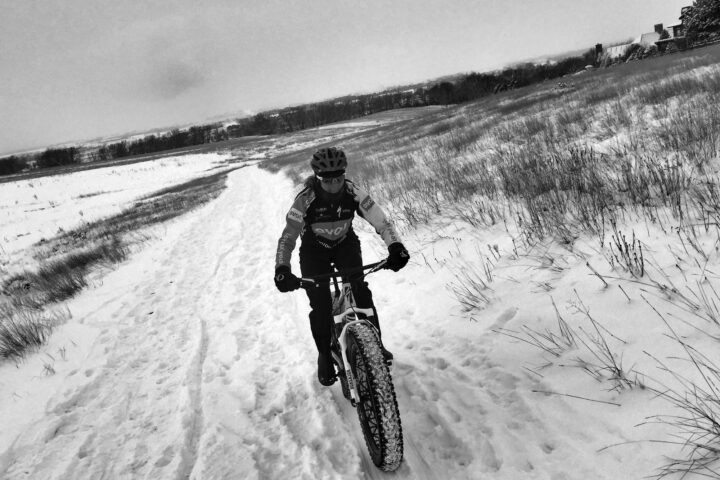
How to Train in the Cold
The biggest myths about training in the cold
There’s more to smart winter training than clothing. In this podcast, Trevor leads a thorough discussion on all of his practical advice for how to train outdoors even on the coldest of days. We hear from a number of pros and also Dr. Stephen Cheung about their best winter training tips.
Should you have a separate bike for winter training or stick with your main steed? What are some equipment modifications that can make your winter riding more comfortable? Should you focus on base training when outdoors or go for intervals to keep rides shorter and build up more heat? How can you keep your water bottles from freezing? Is a full winter spent riding indoors a viable option for optimizing training? What are the risks of too much time training indoors? How might you mix indoor and outdoor training? What are some viable alternatives to cycling when you want to be outside and active, yet still benefit your cycling training? Click below to listen to this podcast.
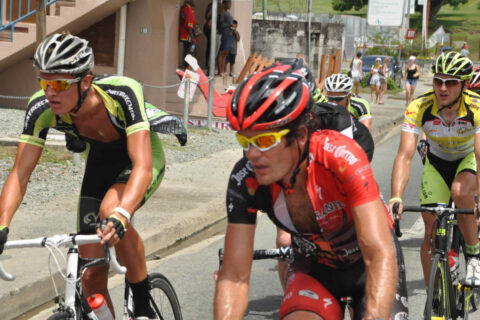
Busting Myths About Riding in the Heat and Cold, with Dr. Stephen Cheung
“The winter bike: You want it to be slow, you want it to be heavy…you want it to be bomb-proof and you want it to be safe. You want to make sure that the tire is both slow and will never get a flat.”
Coach Trevor Connor, Fast Talk episode 111, “Busting Myths About Riding in the Heat and Cold”
